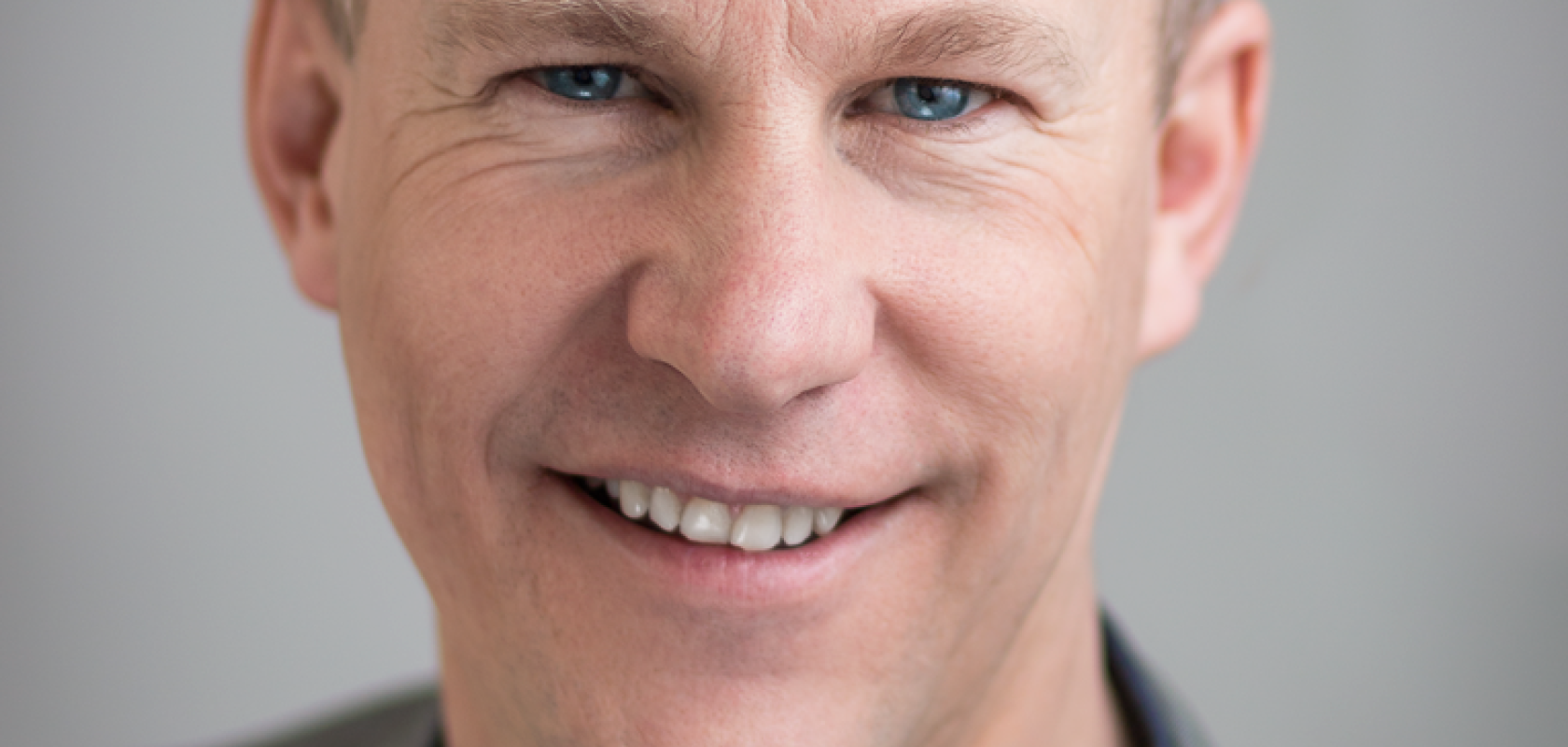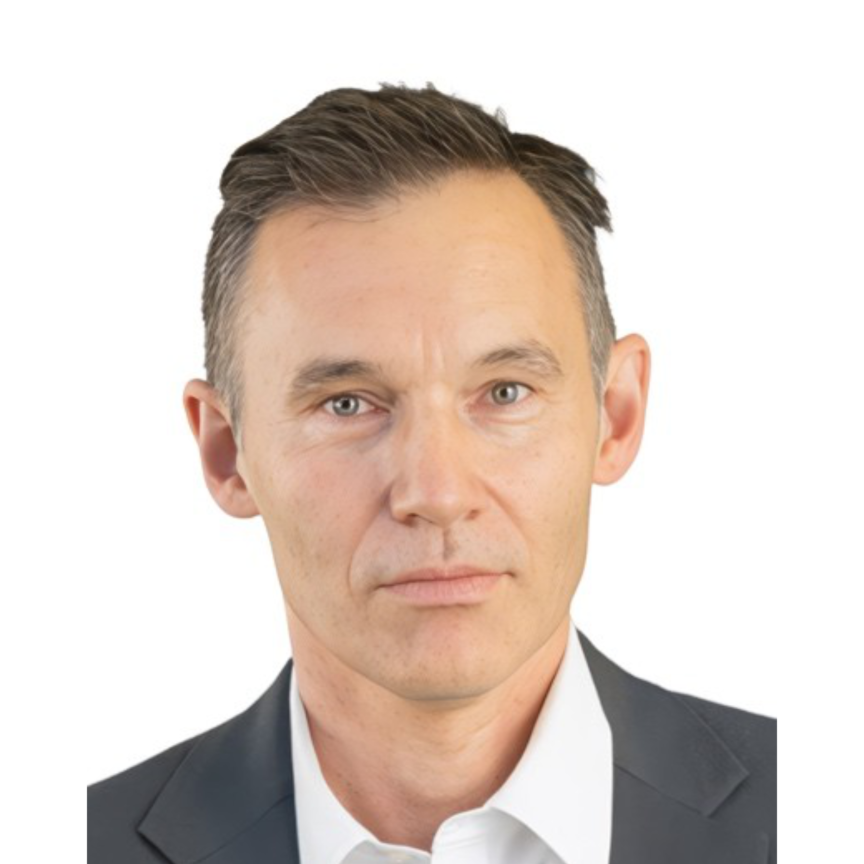Antonio Raspa, EPIC’s senior photonics programme manager, talks to Per Karlsson, CEO of NorthLab Photonics, a developer of fibre optic tools for optical fibre preparation, fusion splicing, processing, and related applications
Early career
In 1994, I graduated with an MSc in mechanical engineering from KTH Royal Institute of Technology, Stockholm in Sweden. Having done my master’s thesis at Toshiba in Japan, I stayed with the company as a development engineer working on manufacturing equipment for semiconductors. 3D CAD simulations and animations. Then, in 1996, I moved to Australia, where I worked as a business consultant for Exportrådet (Swedish Trade Council), helping Swedish companies wanting to do business in Australia and New Zealand.
A year later, I returned to Sweden to work for Ericsson as business development manager, responsible for developing a sales network in the Asia Pacific region for the company’s fusion splicing product portfolio. In 2000, I became product manager, and in 2001, vice president of sales and marketing responsible for fusion splicers and accessories like cleavers, strippers and recoaters. My customers were in the fibre optics and photonics industry mainly in China and India, and around 80 per cent of the business was telecom-related, with the rest focused on sensors and other types of components for laser applications. Working at Ericsson was an important learning experience as I gained valuable know-how in photonics and fibre optics and an understanding of the processes and challenges involved in product development.
Things were going well until the telecom crash in the early 2000s. Virtually overnight, sales declined to almost zero and the majority of my team of 90 employees were laid off. As I recall, it was a humbling experience that taught me three things: never to trust optimistic market forecasts, the desirability of steady growth, and to always be prepared for a downturn in the market as a result of sudden unexpected events.
In 2005, as a result of the telecom collapse, I finally decided to close my fusion splicer business. Accordingly, some colleagues and I set up our own consultancy business, Accture Technologies in Stockholm, to provide intelligence and business development advice to companies in the photonics and fibre optic industry.
NorthLab Photonics
By 2008, it had become apparent to me and two colleagues from Ericsson – Tolga Kocas, and Robert Rylander – that the time was right to realise a long-held ambition and set up our own company. A major US company, 3SAE Technologies, who we’d known since our time at Ericsson, were looking for a partner in Europe and Ericsson wanted a partner to take care of the service and support for our thousands of splicers around the world. In addition, we had started to collaborate with Furukawa Electric Ltd (FITEL) a leading manufacturer of fusion splicers. The idea was to start as a reseller for 3SAE and Furukawa products, add our own support services and know-how, and use the profits to develop our own products. The result was NorthLab Photonics, set up in April 2008 with Tolga in charge of marketing and sales, Robert as CTO, and me as CEO.
Company development
Over the last 14 years, NorthLab has grown to a workforce of 11 and has developed and distributes a range of fibre optic tools and technologies for optical fibre preparation, fusion splicing, processing, and related applications that are used by leading photonics, aerospace and military research facilities as well as research institutes and universities. The most important market is Europe (Germany, France and the UK) followed by the US and Asia – mainly China and Japan but also Thailand and Malaysia.
As regards to market sectors, around 90 per cent of NorthLab’s business is for the high-power laser, sensor and medical industries. Until now, the main product focus has been on NorthLab’s cleavers for both small and large diameter fibres, interferometers for inspecting the fibre, and recoaters. However, fibre optic sensors, which are now found in a range of different industries including aerospace, medical, infrastructure, is becoming an important market – due to the fact that they sell the Noria, a plug-and-play manufacturing system for producing Fibre Bragg Gratings (FBGs). Demand is also increasing for fibre splicing and processing systems for large fibre diameters ranging from 125 to 2,000µm, particularly for 3SAE’s advanced fibre fusion splicing and optical glass processing machines, which are used for manufacturing fused optical components in high-power fibre lasers, fibre combiners, precision fibre tapering, mode field adaptors and end-cap splicing.
For me, the main factor underlying NorthLab’s success has been a cohesive management team. Having the same numbers of shares and with no external investors, the three co-owners feel very equal within the company. But most importantly, our personalities, skills, know-how and competences overlap and are complementary to one another. Additionally, most of NorthLab’s employees are former colleagues from Erickson with a long background within the industry, it’s a kind of dream team.
The future
NorthLab’s goal is for yearly growth of 15 per cent to be achieved by developing business with our key customers for both existing and new products. I believe the company has a bright future because although fibre optics has been around for a long time, the industry is still in an early stage of development and there is a wealth of untapped business opportunities. In this context, we are currently receiving an increasing number of inquiries from non-photonics companies who now want to incorporate photonics into our production and product development. We are also seeing increased sales and enquiries for Noria as more and more companies and universities want to have an FBG manufacturing capability in-house instead of buying FBGs on the market.
As regards to future challenges, like most other high-tech companies, the two most important are the world shortage of components and the skills shortage. Although we’ve been lucky so far, it’s clear that recruiting and retaining people with the right know-how, background and experience will be problematic in future. A third challenge is making the right choices in investing in product development, i.e., always needing to be a step ahead and trying to figure out what our customers’ future needs are going to be.
If you started again, what would you do differently?
We’ve achieved a lot and the journey has been stimulating and good fun, so if I started again, I’d set up my own company a bit earlier.
A mistake we made some years back was to go into a fibre optics sector that was outside of our core business. Of course, you need to take advantage of opportunities, but the sector had a different type of customer and a different type of technology not conducive to our core business. As a result, we wasted a lot of time and money. If I started again, I’d only look to develop projects within our niche.
As co-owners, we’d known each other for a long time and were friends, and we assumed we had common personal goals. But this sometimes turned out not to be the case. If I started again, I’d find the time to sit down earlier and work out not only a business plan for the company but also our individual strategies as owners, so we could develop a common strategic vision and find a common ground.
What’s your advice for the next generation of entrepreneurs?
First, I would strongly recommend studying photonics because the industry has so many future opportunities. But it’s important to get a broad knowledge and not to specialise too early. This will give you more options and you can always specialise in a specific field when you start working for a company or when you do a PhD.
Second, you need to be passionate both when it comes to the technology and the industrial sector you decide to work in. Of course, not everything will be perfect, but if you love what you’re doing, there’s a good possibility of being successful.
Third, don’t focus too much on planning a career in detail because circumstances change, and you will need to be prepared to change and grasp opportunities as they occur.
Fourth, it’s so much more fun to do it with other people as a team than doing it on your own. But don’t pick people who are exactly like you; you need to pick people who have different skills and abilities that complement yours and the rest of the co-owners. But be aware that there are a lot of challenges working with a team because you will have to find a way of finding common ground and a common vision.
Finally, it’s important to recognise that the people are a company’s most valuable asset, and you will need to find time to treat this asset well and nourish it so that both management and employees feel valued and incentivised to drive the company forward. In the same way, it’s crucial to grow and deepen relationships with your customers and suppliers – and even your bank.


